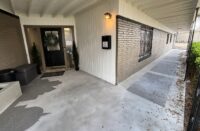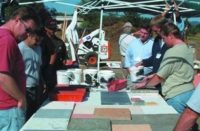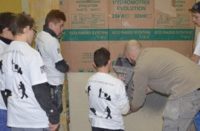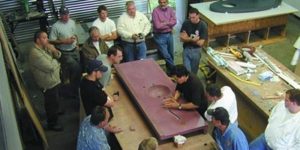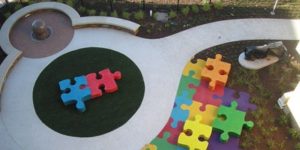
A high school teaching students the finer points of polishing?
Bryon “Bru” Bruington, technical sales director for Kut-Rite Manufacturing Co., based in Michigan, heard about Compass High School from a colleague. “I was instructing for our polishing school in Tulsa, Okla., and a high school from Tucson had sent some teachers to learn from us. Sending teachers to a concrete school piqued my interest,” recalls Bruington. “It turns out that they had purchased one of our Conquer 25 grinder/polisher machines and that they were planning on having their students operate the machines.”
Bruington wanted to know more, so he called the school.
“They weren’t just doing some little projects,” says Bruington. “They were remodeling nearly all of their existing building, and they have plans to significantly expand their campus — thousands of square feet of concrete to polish.”
Curriculum opportunities
Kerk Ferguson is a teacher and the assistant principal at Compass High School. “We’ve always looked for opportunities to enhance our curriculum,” he says. “In 2001, when we started the school, we focused on the fine and performance arts. But it wasn’t long before we expanded to all kinds of disciplines. We recognized that learning can happen in a number of settings and we had to learn to seize opportunities when they were presented to us. I think it was probably our welding and construction teacher who started thinking about adding decorative concrete work to our programming.”
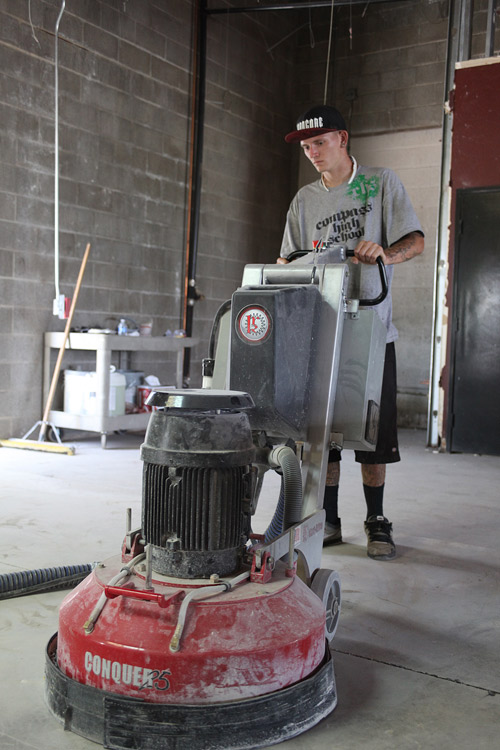
“We started last year with pouring some slabs where we had torn up some asphalt,” says Robert McDougald, the welding and construction instructor. “It was a slow process at first, but this year was better, and next year should be even better. The more kids who learn the processes of pouring, finishing and polishing concrete, the more ad-hoc teachers we have to teach the new students.”
So far, the concrete students have polished about 6,000 square feet inside the main school building. They have also poured and polished concrete outdoors, which is where McDougald prefers to start new students.
“We use our outdoor areas to practice and teach,” he says. “We try to let the new students observe and work with the more experienced students at first. As they absorb the process, we give them more responsibility.”
Benefits of small class size
McDougald also points out that the small class size gives him an advantage over some teachers in more traditional schools. He believes that the one-on-one time he has as a result of smaller classes allows him to bring students up to speed much faster.
An obvious question: Is this truly a teaching opportunity for the school, or is it a way to garner cheap labor for a remodel?
“We do save money by teaching students concrete work,” says Ferguson. “But I’m not sure we’re saving as much as one might assume. We still have to pay for the concrete, we have to buy the equipment, and the results don’t come nearly as quickly as they would if we were to hire outside contractors. I’m convinced the students benefit most — they learn a valuable and marketable skill, and when they participate in improving their own school you can see how proud they are of their work and their school.”
Ferguson estimates that by the time all the floors inside the school are complete, students will have polished 35,000 square feet of concrete.
“Think about it,” says Ferguson. “We’ll probably have about 300 kids work on this as part of their curriculum. Those that find they like the vocation can leave our school ready to work in the concrete industry. In fact, there are already a few students who have graduated and are doing just that.”
www.www.compasshighschool.com
